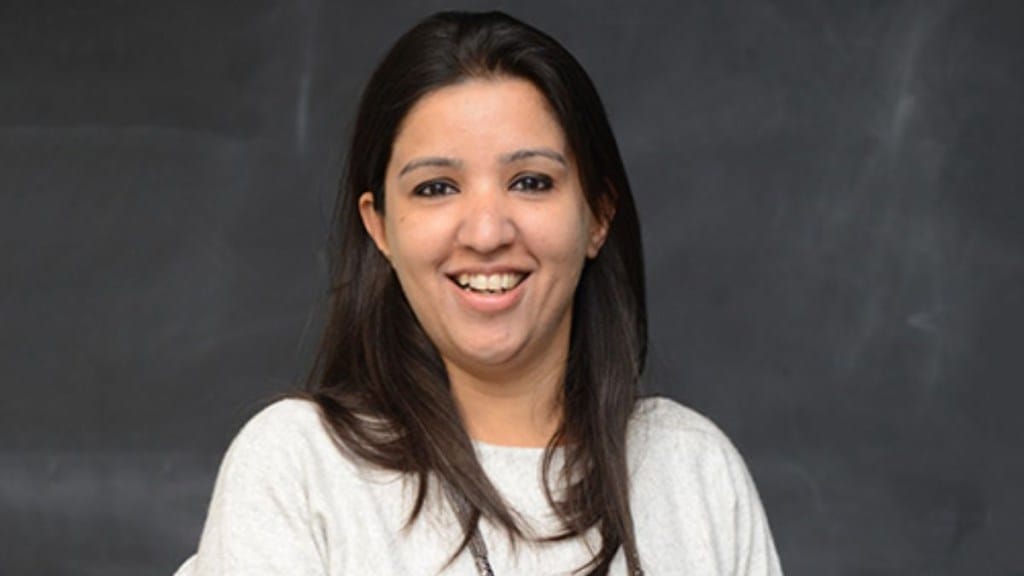Just going to school doesn’t equal learning. The latest Annual Status of Education Report (ASER) 2022, released by the NGO Pratham earlier this year, noted that even though student enrolment increased to more than pre-pandemic levels, the learning gap has widened for foundational skills in reading and arithmetic — that only 20.5% of Class 3 children in rural schools could read a Class 2 textbook.
Shaveta Sharma-Kukreja, CEO & MD, Central Square Foundation — a non-profit in the space of primary education — says that foundational literacy and numeracy (FLN) plays a pivotal role in shaping the life outcomes of students by serving as a strong foundation for their educational journey and future success. In an interview with FE’s Vikram Chaudhary, she adds that the current state of FLN in India presents challenges, with the World Bank’s 2022 data indicating a decline in average national assessment scores for language and maths among 5th-graders from 2017 to 2021. “This emphasises the need to prioritise and develop FLN skills during the pre-primary to primary school years for holistic child development,” she says. Excerpts:
How can we develop FLN skills in young kids?
The government launched NIPUN (National Initiative for Proficiency in Reading with Understanding and Numeracy) Bharat in 2021, a national initiative aimed to achieve universal FLN in primary schools. Aligned with the vision of NIPUN Bharat, the Central Square Foundation is playing a role in advancing FLN. Through partnerships with the government and various stakeholders, we are striving to enhance learning outcomes for all children in India. Our focus areas encompass FLN, edtech and early childhood education (ECE) from innovation to policy to practice.
The government launched NIPUN Bharat two years ago, in 2021. What all has it achieved?
While NIPUN Bharat completed two years on July 5, for all practical purposes it reached classrooms only in 2022-23 (as previously schools were closed due to Covid-19). So we are really only in the second academic year of NIPUN Bharat. Officially, it will go on till 2026-27 (it will end on March 31, 2027).
The action and momentum on designing strong NIPUN programmes and the initiative to deploy these in schools across districts has been a big success. The next focus area is to deepen this reform and to convert these steps into learning outcomes over the next 3-4 years. We have started well — in terms of design and deployment, teaching learning materials, learning assessment data — and there has been encouraging activity in the last 12-16 months. But for this to convert into learning outcomes at scale for all children will actually require practice change and behaviour change (by and among teachers, education officers) and that should be the focus of NIPUN Bharat, going forward.
Is there a way to track the success of NIPUN Bharat?
Education lies in the Concurrent List, and so while the policy and funding for NIPUN Bharat came from the central government, the mandate and the remit to take it forward lies a lot with state governments. They are doing a good job, not just in implementing it in respective states, but also tracking it across districts. States also conducted their own baseline assessment in 2022-23 and are setting their own targets. We will start to see results soon.
Coming to edtech in general, how has it benefited the education sector?
Edtech is not a replacement for a teacher, classroom or school — it’s an add-on and it must provide an integrated solution for a child to meaningfully leverage its advantage. Edtech has to be synchronised with what’s being taught in schools.
Edtech does work, but it does not work in isolation. At the same time, digital divide is also real and we have seen some students benefiting more from edtech as compared to others, but as devices and data become cheaper by the day, that divide may reduce. It actually has to a huge extent as compared to a few years ago.
Is there data to show that kids are becoming or have become habitual to technology devices such as smartphones?
It’s not just kids, device-discipline has to be there even in grown-ups who are stuck to phones for hours altogether — it impacts mental health as well as traditional social skills. It is becoming an addiction and people are having cervical and thumb issues. It becomes even more critical to address the same for children. But we are not advocating extra device time for kids. What we’re saying is that kids are anyway using devices for entertainment, and there could be ways so that the same device time is shifted towards activities that support learning.
